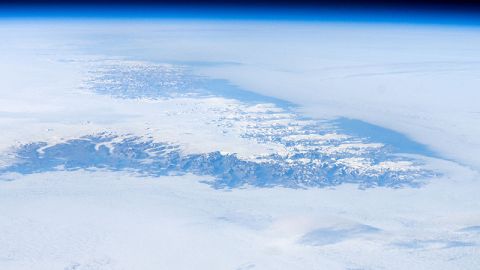Greenland: Cradle of Life on Earth?

What’s the Latest Development?
For the first time, scientists have identified the necessary requirements for life in a specific earthly environment. The mud volcanoes at Isua, in south-west Greenland, may have been where life first began on Earth some 3.8 billion years ago, say an international team of geologists. According to the scientists, the mineral serpentinite, which is often found in the walls of hydrothermal sources like ocen ridges and is plentiful in the area of Greenland they examined “could play a major role in the appearance of the first biomolecules.”
What’s the Big Idea?
Life is thought to have developed near to hydrothermal sources known as black smokers, such as those found at the bottom of the oceans along mid-ocean ridges. The abundance of hydrogen, methane and ammonia produced by these underwater geysers seemed favorable to the emergence of primitive life. Unfortunately, these black smokers are very acidic, which prevents amino-acid stabilization, and thus the formation of organic molecules. Scientists believe amino acids could have stabilized in the mud volcanoes of Isua.





